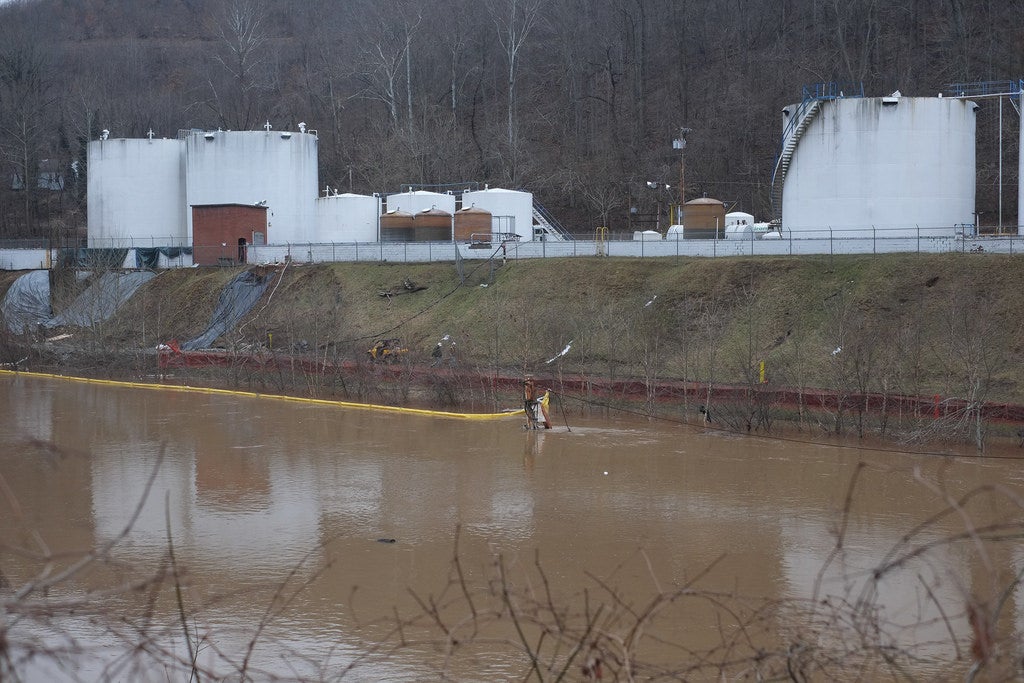Obtaining Public Liability for Mining Waste Cleanup
Without financial assurance regulations, mine operators have walked away from sites contaminated with cyanide, lead, arsenic, mercury and other toxins.
Case Overview
According to Superfund legislation passed in 1980, the U.S. Environmental Protection Agency should have developed regulations that required mining companies and other high-risk polluting industries to provide financial proof that in case of toxic spills and other environmental contamination, these companies would be able to clean up the resultant contamination. The EPA had yet to issue these regulations, and some mining companies have declared bankruptcy instead of paying to clean up their sites, leaving the taxpayers with the bill. Without the financial incentive to prevent pollution, these companies have little incentive to improve their waste management.
In February 2009, a United States District Court ruled that the EPA must produce these long overdue regulations for mining companies by May 4, 2009, therefore limiting the public’s liability for the damage caused to the environment by poor practices by these companies.

Case Updates
Case page created on March 12, 2008.
